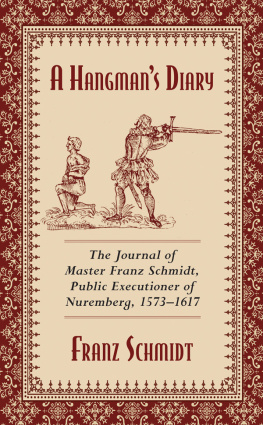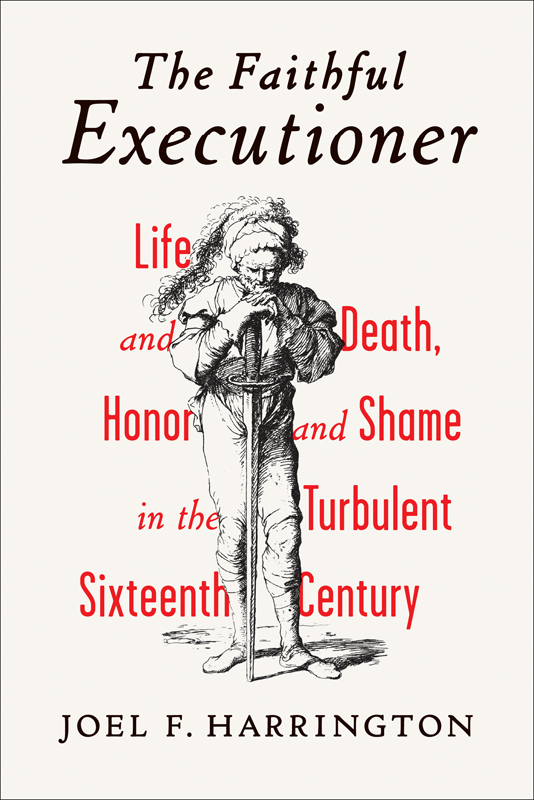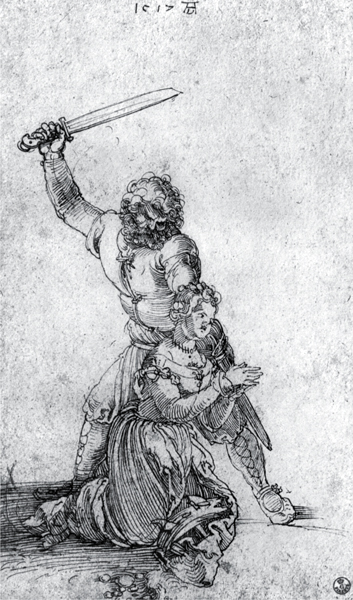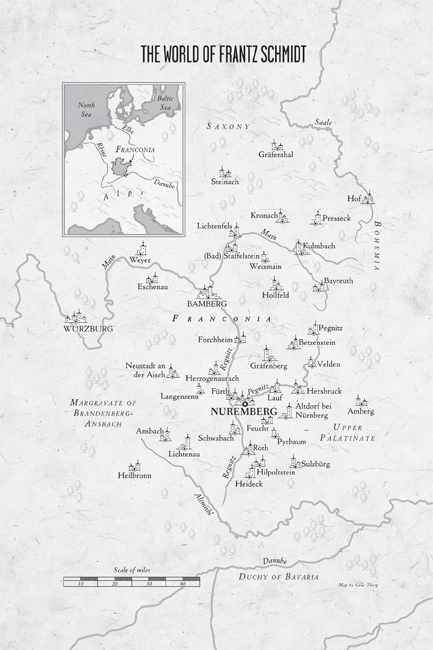Joel F. Harrington - The Faithful Executioner: Life and Death, Honor and Shame in the Turbulent Sixteenth Century
Here you can read online Joel F. Harrington - The Faithful Executioner: Life and Death, Honor and Shame in the Turbulent Sixteenth Century full text of the book (entire story) in english for free. Download pdf and epub, get meaning, cover and reviews about this ebook. year: 2013, publisher: Farrar, Straus and Giroux, genre: Detective and thriller. Description of the work, (preface) as well as reviews are available. Best literature library LitArk.com created for fans of good reading and offers a wide selection of genres:
Romance novel
Science fiction
Adventure
Detective
Science
History
Home and family
Prose
Art
Politics
Computer
Non-fiction
Religion
Business
Children
Humor
Choose a favorite category and find really read worthwhile books. Enjoy immersion in the world of imagination, feel the emotions of the characters or learn something new for yourself, make an fascinating discovery.

- Book:The Faithful Executioner: Life and Death, Honor and Shame in the Turbulent Sixteenth Century
- Author:
- Publisher:Farrar, Straus and Giroux
- Genre:
- Year:2013
- Rating:3 / 5
- Favourites:Add to favourites
- Your mark:
The Faithful Executioner: Life and Death, Honor and Shame in the Turbulent Sixteenth Century: summary, description and annotation
We offer to read an annotation, description, summary or preface (depends on what the author of the book "The Faithful Executioner: Life and Death, Honor and Shame in the Turbulent Sixteenth Century" wrote himself). If you haven't found the necessary information about the book — write in the comments, we will try to find it.
Based on the rare and until now overlooked journal of a Renaissance-era executioner, the noted historian Joel F. Harringtons The Faithful Executioner takes us deep inside the alien world and thinking of Meister Frantz Schmidt of Nuremberg, who, during forty-five years as a professional executioner, personally put to death 394 individuals and tortured, flogged, or disfigured many hundreds more. But the picture that emerges of Schmidt from his personal papers is not that of a monster. Could a man who routinely practiced such cruelty also be insightful, compassionateeven progressive?
In The Faithful Executioner, Harrington vividly re-creates a life filled with stark contrasts, from the young apprentices rigorous training under his executioner father to the adult Meister Frantzs juggling of familial duties with his work in the torture chamber and at the scaffold. With him we encounter brutal highwaymen, charming swindlers, and tragic unwed mothers accused of infanticide, as well as patrician senators, godly chaplains, and corrupt prison guards. Harrington teases out the hidden meanings and drama of Schmidts journal, uncovering a touching tale of inherited shame and attempted redemption for the social pariah and his children. The Faithful Executioner offers not just the compelling firsthand perspective of a professional torturer and killer, but testimony of one mans lifelong struggle to reconcile his bloody craft with his deep religious faith.
The biography of an ordinary man struggling for his soul, this groundbreaking book also offers an unparalleled panoramic view of Europe on the cusp of modernity, a society riven by violent conflict at all levels and encumbered by paranoia, superstition, and abuses of power. Thanks to an extraordinary historical source and its gifted interpreter, we recognize far more of ourselves than we might have expected in this intimate portrait of a professional killer from a faraway world.
Joel F. Harrington: author's other books
Who wrote The Faithful Executioner: Life and Death, Honor and Shame in the Turbulent Sixteenth Century? Find out the surname, the name of the author of the book and a list of all author's works by series.










